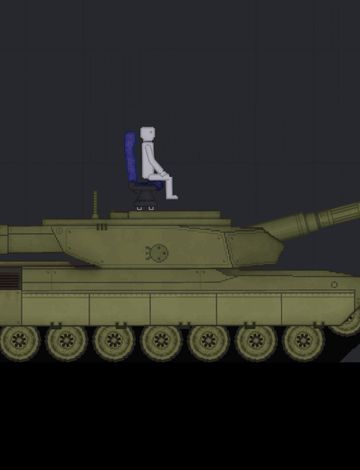With a penchant for unraveling the deepest intricacies of a game, People Playground offers a unique, albeit niche, experience. My initial attraction to gaming is heavily influenced by detailed exploration and challenging achievements; however, my appreciation wavers when dealing with simulation sandbox genres, especially those centered around ragdoll physics and gratuitous violence. Still, in the spirit of dedication, I delved into People Playground to offer a thorough review.
Gameplay Mechanics
People Playground is essentially a ragdoll sandbox game where the player is encouraged to interact with and manipulate various objects and environments to create intricate scenarios and machines. The game allows you to shoot, stab, burn, poison, tear, vaporize, or crush ragdolls, offering a broad array of tools and methods. The primary gameplay mechanic revolves around the detailed physical properties of objects: weight, sharpness, conductivity, thermal properties, and more. This complex system allows for highly emergent gameplay where unexpected behaviors often arise from the interactions.
Visual Style
The visual style of People Playground is relatively minimalistic with simple, almost vector-like graphics and character models. The game’s focus isn’t on high-fidelity visuals but rather on the interaction and simulation of the elements within the environment. This simplicity aids in maintaining clarity despite the chaotic potential of the various interactions, making it easier to follow the cause and effect of your actions.
Narrative and Characters
As expected with most sandbox and experimental physics-based games, People Playground doesn’t offer a narrative or defined characters. The ragdolls are essentially empty vessels for the player’s experimentation. While this lack of story might be a downside for gamers who appreciate rich narratives and character development, the game’s intent is clearly more about the freedom to create and destroy at will.
Completionist Perspective
Speaking from the completionist perspective, People Playground doesn’t offer much in terms of achievements or unlockable content that one might find in more traditional games. However, its strength lies in the sheer scope of experimentation available. The amount of detail in the physics systems—ranging from thermal conductivity to electrical behavior—provides an impressive playground for those who enjoy creating complex machines or conducting virtual experiments.
Strengths
- Intricate Physics: Detailed simulation systems allow for endless experimentation.
- Creative Freedom: Vast array of tools and interactions foster creative scenarios.
- Minimalistic Clarity: Simple graphics help maintain focus on the mechanics.
Weaknesses
- Lack of Narrative: No story or character development may deter narrative-driven gamers.
- Limited Achievements: Few traditional rewards for completionists.
- Potential Repetition: Gameplay can become repetitive for those not deeply invested in experimentation.
Final Verdict
If you revel in sandbox experiences and love experimenting with physics, People Playground offers a robust playground for you. The intricacies of its simulation systems are commendable, providing rich ground for creative exploration. However, if you prefer games with complex characters and progression systems, this title might not satisfy you.
For completionists, the true challenge lies in the depth of the physics and endless possibilities for creation and destruction. Traditional achievements and collectibles are limited. Given my tastes and the game’s specific niche, I rate People Playground a solid 3 out of 5 stars. It’s a fascinating experiment but not a staple for those drawn to structured and narrative-driven experiences.
Rating: 3 out of 5 stars
Recommendation: Ideal for fans of sandbox simulations and creative experimentation, but may not appeal to those seeking narrative depth or structured gameplay.
You can also read our review of Super Animal Royale here!
